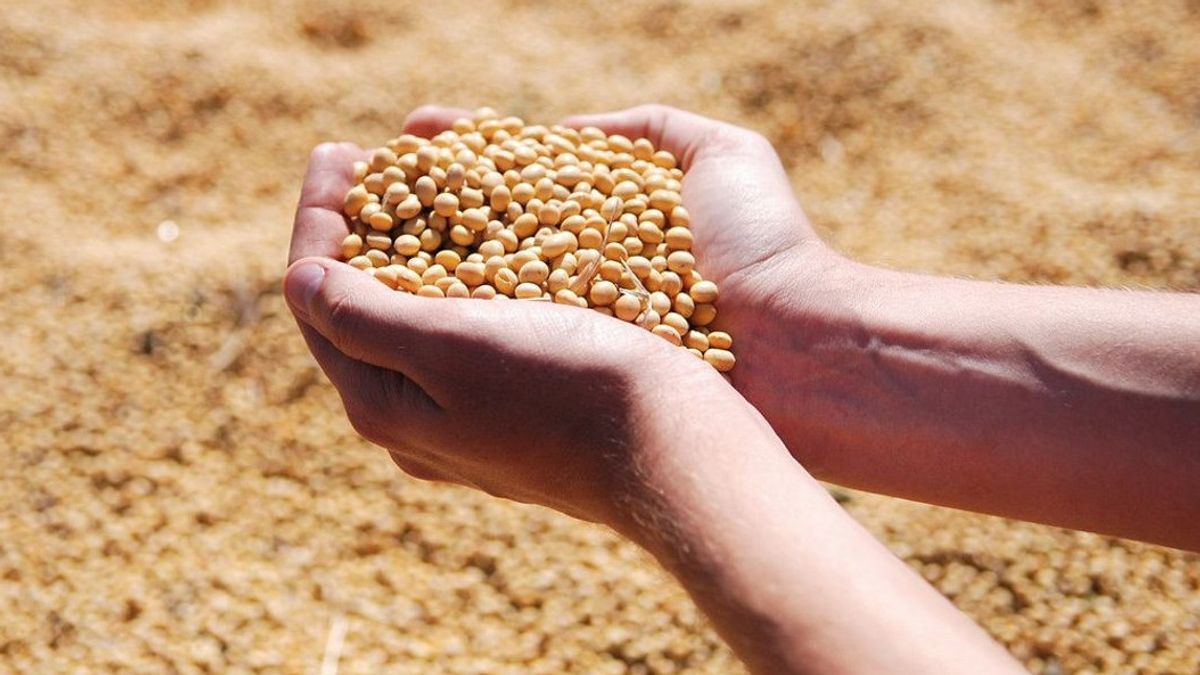JAKARTA - The price of imported soybeans which fluctuates almost every year has prompted the government to take strategic steps to resolve this problem permanently.
Professor of Agriculture of the Bogor Agricultural University (IPB) Dwi Andreas Santoso said there were at least two important policies that could be taken by the state to protect the interests of the wider community for these food commodities.
"First, we must protect national farmers with protective macro regulations so that price balance occurs," he said to VOI, Tuesday, January 5.
The trick, he said, was through a strategy to determine high import tariffs. According to Dwi, this approach can balance the price of national production.
"I see that the import tariff for agricultural products, including soybeans, is around 6.3 percent. "This is very low, try to compare it with India which imposes a levy of 45 percent for agricultural and plantation commodities that enter the country," he said.
The second method mentioned is related to price intervention at the retail level. For example, the state must exist by providing a subsidy for the price difference between production costs and the selling value in the market.
"Direct cash transfers to farmers so that the benefits will be felt right away. So far, there are only subsidies for fertilizers, seeds and so on. The main goal is to stimulate farmers to really seriously plant soybean commodities, "he said.
As an illustration, the price disparity between local soybeans and imported products in 2002 was around IDR 1,000 with a selling price of IDR 1,500 and IDR 2,500, respectively. The academician believes that the price difference will continue to widen today.
"If there are farmers who want to plant if they know they will lose in the price competition, not to mention if the production costs are calculated," he added.
Based on information compiled by editors, the national average consumption of soybeans touched 2.8 million tons. Of this amount, about 92 percent are met by foreign supplies, most of which come from the United States (US).
The problem arose when China took a trade policy by buying up 60 percent of the US soybean export quota, which had an RI slot in it. This is also believed to be the cause of price volatility in the global market.
According to VOI's monitoring, in November 2020 the price of soybeans was found to be at the level of 11.92 US dollars per bushels. A month later, the price crept up to 12.5 US dollars per bushels.
The world food organization FAO also agrees with this. In FAO records, the price of soybeans is believed to have jumped 6 percent to 461 US dollars per ton from the previous 435 US dollars per ton.
The English, Chinese, Japanese, Arabic, and French versions are automatically generated by the AI. So there may still be inaccuracies in translating, please always see Indonesian as our main language. (system supported by DigitalSiber.id)













